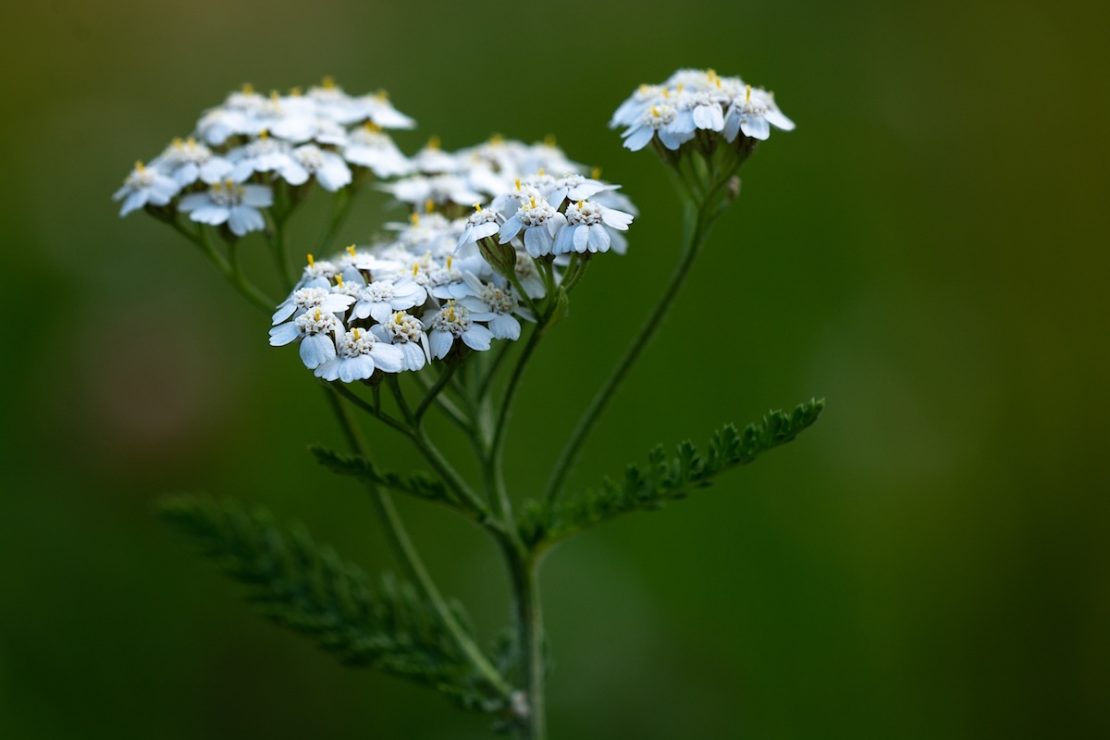
Herbal Terminology: Actions, Categories, Energetics, Flavors, and Properties—Oh, My!
The study of herbalism isn’t for the lazy! There are a plethora of plants to learn about, not to mention herbal history, how the body works, various global herbal systems and the tools they use, how to assess and match herbs to a condition and a person, and more. And then, there’s the terminology that is used in herbalism. It’s enough to make your head spin!
In this Ask An Herbalist video, Herbal Academy teacher Heather Irvine is going to define and explain some herbal terminology you will see across Herbal Academy courses and blog articles as well as in various books and other herbal resources. These herbal terms can often get confusing until you have a good understanding of them, and hopefully, this video will help you to better understand what they mean and how they are used.
Herbal Terminology: Herbal Actions, Categories, Energetics, Flavors, and Properties
You can also find even more explanation on the topic of herbal terminology below, and if you enjoyed this video, be sure to subscribe to our YouTube channel to stay up-to-date on future Ask An Herbalist videos!
What is an herbal “category,” and is it the same thing as an herbal “action”?
When it comes to herbal terminology, the first thing we want to differentiate is the difference in an herbal category and an herbal action.
An herbal “category” is often used to refer to herbal actions. That said, the term “category” may be used differently depending on the goal of the person categorizing the herbs! To categorize is simply to group herbs according to a particular shared quality or characteristic.
Herbal “actions” are one way to categorize plants according to their effects on the body. This is a common method of organization found in many herbals and reference books and is extremely helpful when selecting herbs for use. For example, if you want an herb to help the body manage stress, you may look to herbs with adaptogen or relaxing nervine actions and select the best herb for your individual needs. (We will further discuss herbal actions below).
Some use the term “category” in a broader sense to describe the main use of a group of herbs, such as informed by gardening: culinary, wellness, ornamental, or aromatic. For example, dill (Anethum graveolens) aerial parts, peppermint (Mentha x piperita) leaf, and parsley (Petroselinum crispum) leaf are often categorized as culinary herbs, while echinacea (Echinacea spp.) leaf and root and St. John’s wort (Hypericum perforatum) aerial parts fit into the wellness category. Some herbs fall into more than one category! As you can see, categories are not always rigid, and there can be a lot of herbal overlap between them.
Another way some use the term “category” is when referring to herbs as they appear on the Herb Safety Continuum Scale. In this case, herbs are ranked in classes according to how gentle or potent they are on a scale of 1 to 5. These categories include: nutritive herbs, nourishing tonics, stimulating tonics, acute-use herbs, and low-dose herbs.
Lastly, an herbal category or classification could refer to the period of life or growing season of plants, such as annuals, biennials, and perennials (Rajak, 2018). This puts herbs into much larger categories and is more often used by those who grow or cultivate their own plants.
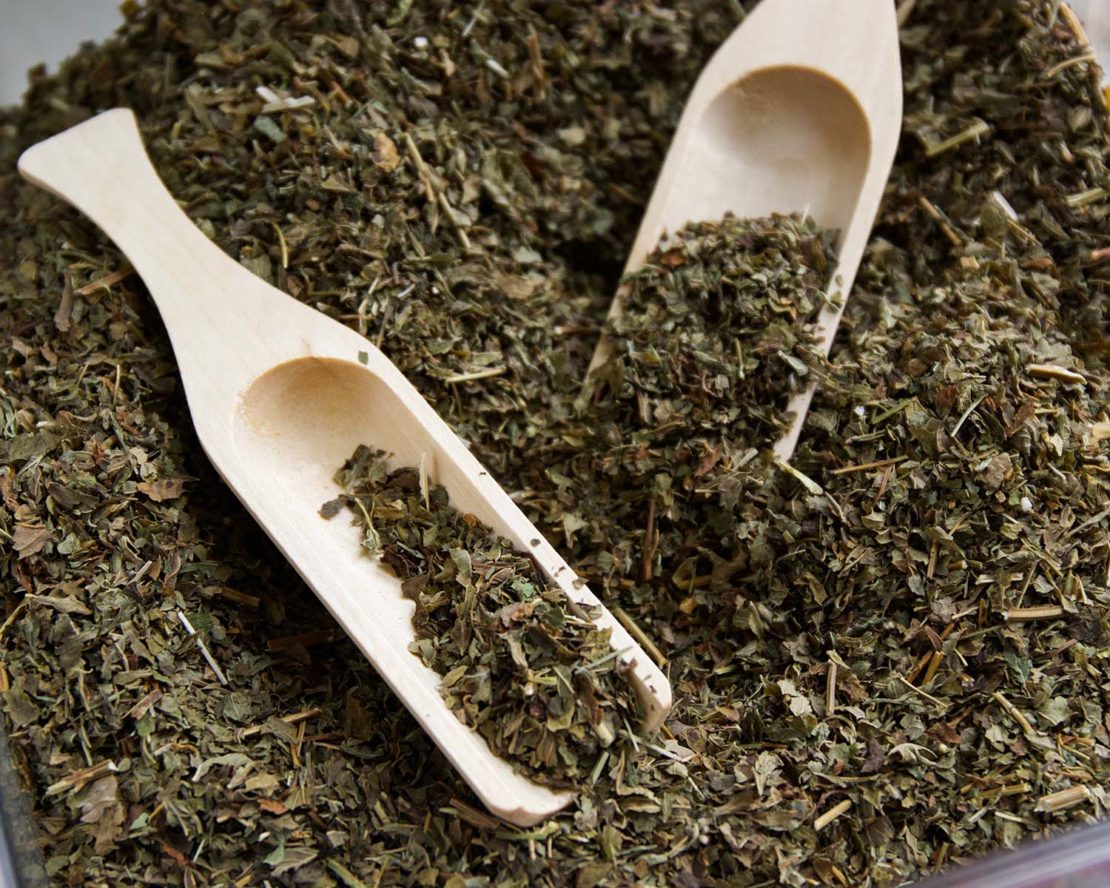
What are “energetics” in herbalism?
Herbal terminology is vast, but one term you will hear often is “energetics.” Energetics has a threefold meaning in herbalism, describing the energetic properties of an herb as it acts on the body, the energetic qualities of a condition or imbalance, and the energetics of a person (also sometimes referred to as their constitution).
Energetics of plants, conditions, and people are often thought of as qualities or properties and may be referred to in terms of temperature, moisture, and tension; energetic descriptors include warm, dry, cool, moist, tense, and relaxed.
The energetic qualities of plants refer to the sometimes subtle ways a plant impacts the human body, mind, and/or spirit. For example, ginger (Zingiber officinale) rhizome is energetically warming due to its action of stimulating blood flow in the body. Marshmallow (Althaea officinalis) root is energetically moistening due to its demulcent properties. Blackberry (Rubus spp.) root is energetically tense due to its ability to tone tissues that are overly relaxed. For some herbs, the energetics are obvious by the sensations we experience when we taste or feel the herb or preparation. For others, it is more nuanced. You may even see some herbs referenced as cooling by some texts or herbal traditions and warming by others. Additionally, the basic preparation technique, such as whether an herb is dried or fresh, or prepared as a hot or cold infusion, can also influence its energetic qualities.
Conditions also have an energetic quality and are often referred to in Western herbalism as “tissue states.” For example, a sunburn or fever is warm in nature, a cough may be dry or moist, diarrhea may be hot and relaxed, and chronic swelling could be called boggy or damp or hot and moist, depending on the presentation. Selecting herbs with the opposite energetic quality helps to counteract these energetics in order to bring the body back into balance. For example, to quell the heat of a sunburn, select a plant with cooling qualities such as aloe (Aloe vera) leaf.
Finally, the energetics of a person are evident in their constitution. For example, in Ayurveda, everyone has a prakruti, which is their natural, unchanging constitution—the one they are born with. They also have a vikruti, which is their current constitution, and this constitution can fluctuate day to day, month to month, and certainly through different phases of life. Thus, an individual may be born with a “dry” constitution, and this dryness may be aggravated in the fall, giving the individual even more dry tendencies (e.g., dry skin, dry hair, dry nails), but that dryness may be less evident during rainy days or rainy seasons. To learn more about constitutions, read our article, Introduction to Ayurveda: What’s My Dosha?
Many ancient healing traditions that use herbs, such as Traditional Chinese Medicine, Galenic (or Greek) herbalism, Ayurveda, and many others include concepts of energetics, with some overlapping and some unique aspects. Concepts of hot and cold, dry and moist are some of the most common.
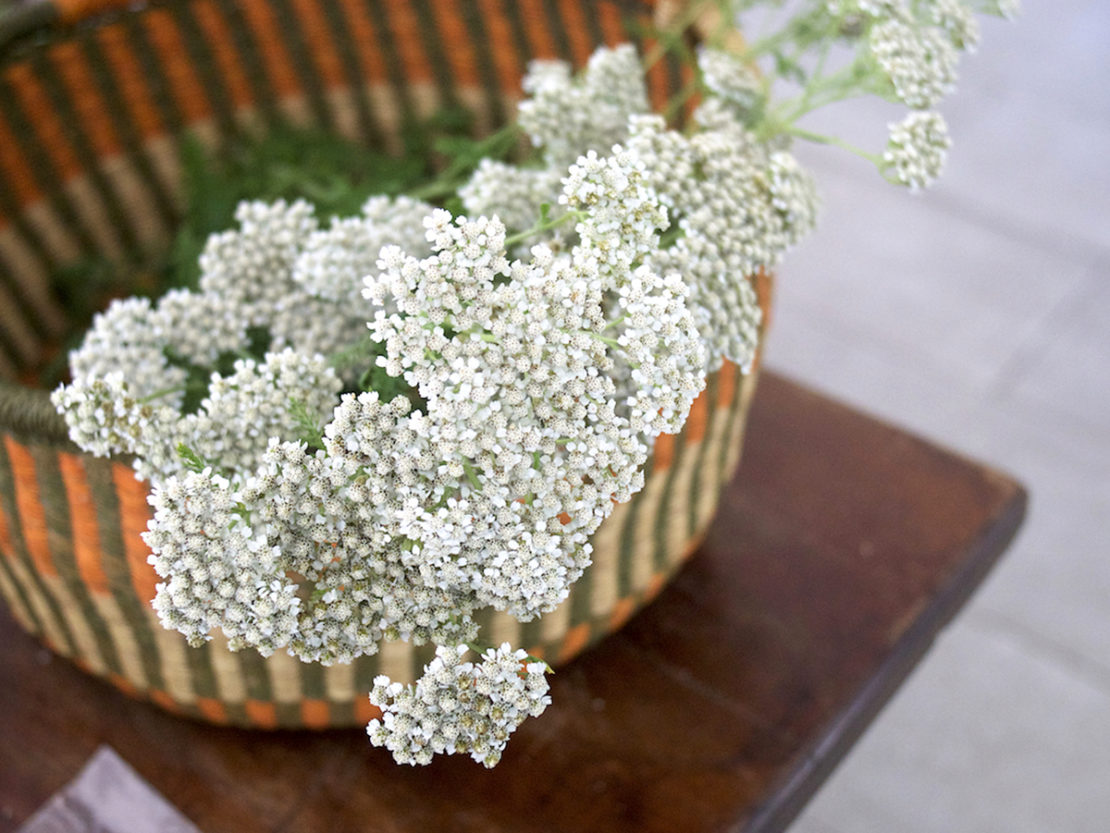
Energetics help us personalize the use of herbs, not just to the condition, but to the individual as well.
A long list of herbs could potentially be used for one health condition. However, different herbs are chosen for different people with the same condition, depending on their individual constitution and the specific way the condition is manifesting in their body. Considering the energetics of the individual and the condition along with the energetics of an herb gives us a better chance of selecting the right herb for the particular situation.
To illustrate this, let’s use as an example a person who has a cough. We first consider how the cough is presented. If it is a moist cough with excess mucus, then we would consider drying expectorants, like thyme (Thymus vulgaris) aerial parts. If there is little mucus and the throat is dry, licorice (Glycyrrhiza glabra) root might be a better choice because of its moistening property and demulcent effect on tissues. To further personalize our preparations, we can then take into account the individual’s constitution and select from the most suitable herbs.
What is the difference between an herbal “action” and an herbal “property?”
An easy way to differentiate an herb’s “actions” from its “properties” is by relating these terms to parts of speech. One way to think of herbal actions is to imagine them as verbs, and ask, “What does this herb do?“ One way to think of herbal properties is to think of them as adjectives, and ask, “How would I describe this herb’s action?”
Herbal Action
An “herbal action” refers to a specific effect a plant has on the human body. You will often find these terms used in herbalism and other healthcare fields. If you’re reading this, you’ve probably already heard of a few herbal action terms—perhaps adaptogen, expectorant, or sedative are familiar to you?
For example, valerian (Valeriana officinalis) root is a sedative herb (this means that it helps calm the nervous system and induce sleep). Licorice (Glycyrrhiza glabra) root is an expectorant herb (it aids the body in the removal of mucus from the lungs) (Hoffmann, 2003). The herbal action of these botanicals describes the work they do in the body.
It’s also important to note that herbs can (and often do) have multiple actions; for instance, licorice (Glycyrrhiza glabra) root has several actions, including expectorant, adaptogen, and antiviral, among others.
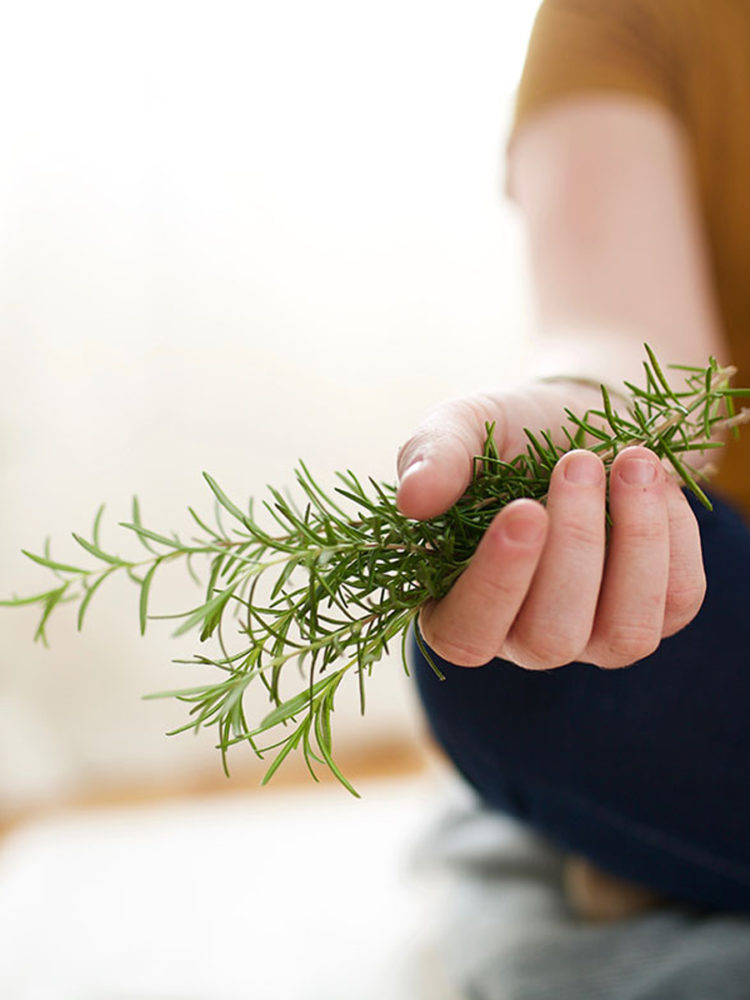
Herbal Property
The term “herbal property” is used to describe herbal actions in even more detail, as adjectives do, often further describing the herb’s qualities and attributes of an herb. An herb’s properties often overlap with its herbal actions and energetics, but can also include broader terms, such as nutrient-rich, warming, drying, mucilaginous, starchy, spicy, or bland. For example, an expectorant (action) could have either warming or cooling properties, as well as moistening or drying properties.
The way these herbal terms are used sometimes changes depending on the context in which the herb is being discussed. For example, if we label rosemary (Salvia rosmarinus) leaf as a stimulant, it might be confused with the action of nervous system stimulants such as tea (Camellia sinensis) leaf, coffee (Coffea arabica) bean, or guarana (Paullinia cupana) seeds. However, we might like to recognize that rosemary has some stimulating properties in regard to the cardiovascular system, and therefore, describe rosemary in more detail. Perhaps, in this case, we would say that rosemary is a mild circulatory-stimulating herb.
Lastly, the term “herbal properties” is sometimes used to refer to the constituents found in a plant. Let’s look back to licorice (Glycyrrhiza glabra) root as an example. We mentioned earlier that licorice has an antiviral action in the body, but we can further explain this by saying that the constituent glycyrrhizin gives licorice root its immune-stimulating properties, thus, further defining how licorice is an antiviral.

More Examples Using Herbal Actions and Herbal Properties
Since the differentiation between herbal actions and herbal properties can be confusing due to there being so much overlap between the two, we thought a few more examples would be helpful.
Bitters
Let’s take the term “bitter” for our first example. Bitter is often used to categorize herbs. Bitter herbs all have a bitter flavor and have similar actions in the body. The term “bitter” can be used to define an herb’s overall action, but you will also see bitter herbs listed with more specific actions, such as stimulant, digestive, tonic, or even hepatic, as each of these terms defines how the herb affects the body. On the other hand, you could also use the term “bitter” to describe the property of an herb and further define its action by stating that an herb is stimulating to the digestive system due to its bitter properties. “Bitter principles” are often listed as plant constituents for some herbs, so you could also use the term bitter to refer to the constituents found in the plant as we discussed above.
Artichoke (Cynara cardunculus) leaf is an example of a bitter herb. Artichoke may be listed with the following actions: bitter, cholagogue, digestive, hepatoprotective, in addition to other actions. We could also use herbal properties to further describe any of the actions of this plant. When referring to artichoke as a bitter herb, we may make the following statement. Artichoke is a bitter herb that acts on the hepatic and digestive system due to the bitter compounds it contains. It has appetite-stimulating properties and also helps to ease gastrointestinal cramping due to mild constipation. Its cooling and moistening properties help to ease hot, dry conditions in the digestive tract. Thus, we have introduced additional properties that more fully describe artichoke’s bitter action.
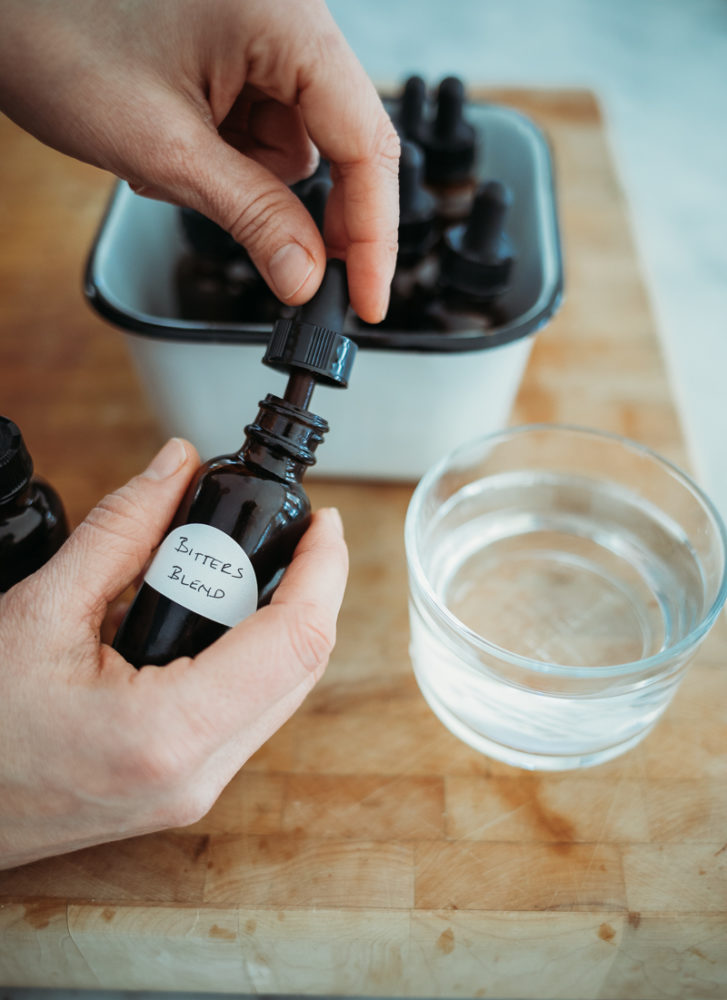
Energetic Terms
For our next example of herbal terminology, let’s look at a few challenging terms: cooling, warming, relaxing, stimulating. These might sound like actions, but should technically be considered properties as a default. The term “cooling,” for example, could apply to many different types of applications. Just as “cool” and “warm” are the energetic qualities of an herb, these adjusted terms also describe the properties of the plant as well. If the herb had a refrigerant action, then the term “cooling” could be used in place of refrigerant as the action as it refers to the action of lowering the body temperature. However, if the herb were a diaphoretic, that would describe the action of promoting perspiration to supporting the progress of a fever, making the term “cooling” a property in this context. Thus, the terms cooling and warming can describe properties related to a number of different types of actions. The same extends to the terms “moving” (a moving herb might have the action of expectorant or carminative), “stimulating” (which could describe a circulatory stimulant or a mental stimulant), and “relaxing” (which could describe an action on the mind, such as a relaxing nervine, or a group of muscles, such as in a skeletal muscle relaxant).
Finally
Ultimately, the terms “action” and “property” both describe the unique characteristics of an herb. These terms are often used to refer to the same thing (the herb’s action), but some use the term “property” to provide more detail and to speak about the herb in a broader sense.
If you get confused, remember that actions explain what the herb does in the body, and properties are traits or descriptors of the action.
I sometimes see the term “taste” or “flavor” and “system” on an herbal monograph. What do those terms mean exactly?
The taste or flavor of an herb is another way to consider the plant’s actions and energetics.
Before there were reference books and scientific labs, herbalists relied on their senses to understand how a plant might affect the body (de la Forêt, 2017). This is called organoleptic observation. Observing our senses and the way specific herbs make us feel can tell us a lot about an herb.
There are various schools of thought in various traditions regarding tastes, such as the six tastes of Ayurveda or the five tastes of Chinese medicine. In this video, we are discussing tastes as they pertain to Western herbal energetics.

“Tastes” in herbalism include:
- Sour – sour herbs may be astringent, stimulating to digestion, anti-inflammatory, and/or antioxidant. Hawthorn (Crataegus spp.) berries and rose (Rosa spp.) hips are an example of herbs with a sour taste.
- Bitter – bitter herbs may help stimulate digestion, such as dandelion (Taraxacum officinale) root. These herbs are usually cooling.
- Sweet – sweet-tasting herbs often have a moistening quality. They can be nutritive and tonic, as well as adaptogenic, demulcent, and/or immunomodulant. Astragalus (Astragalus membranaceus) root and licorice (Glycyrrhiza glabra) root are examples of sweet herbs.
- Salty – salty herbs are usually cooling and drying to the body, and are generally nutritive and rich in both major and trace minerals. Nettle (Urtica dioica) leaf and chickweed (Stellaria media) aerial parts are good examples.
- Pungent – pungent herbs are strong-tasting herbs that are typically warming and drying. They may be used as diaphoretics, circulatory stimulants, or digestive stimulants. Garlic (Allium sativum) bulb and horseradish (Armoracia rusticana) root are pungent herbs.
- Spicy – spicy herbs are stimulating in nature, and many of these herbs have an affinity for the digestive, circulatory, respiratory, and nervous systems. Cayenne (Capsicum annuum) pepper and oregano (Origanum vulgare) leaf are examples of spicy herbs.
- Acrid – acrid herbs have an irritating sensation in the mouth and are often analgesic and antispasmodic. Kava (Piper methysticum) root and black cohosh (Actaea racemosa) root are examples of acrid-tasting herbs.
- Astringent – astringent herbs are drying to the body and toning to the skin and mucous membranes. Astringent herbs include witch hazel (Hamamelis virginiana) leaf and black tea (Camellia sinensis) leaves.
- Bland – bland herbs are usually cooling in nature and often have a slippery texture associated with mucilage, such as slippery elm (Ulmus rubra) bark.
The term “system” refers to the body system to which the herb is most suited, such as the cardiovascular, immune, digestive, respiratory, nervous, or any other system of the body. It can also be thought of as an affinity that the plant has for a particular body system, with its herbal actions focusing on support for that system’s set of biological functions.
For example, we previously discussed licorice (Glycyrrhiza glabra) root, which is an expectorant that aids in removing mucus from the body. With immunomodulating and antiviral actions, licorice (Glycyrrhiza glabra) root is also added to formulas to help the body’s natural defenses against viral and other kinds of infections. The systems listed for this herb on a monograph would be respiratory and immune, as these are the systems in which licorice root is most beneficial and active.
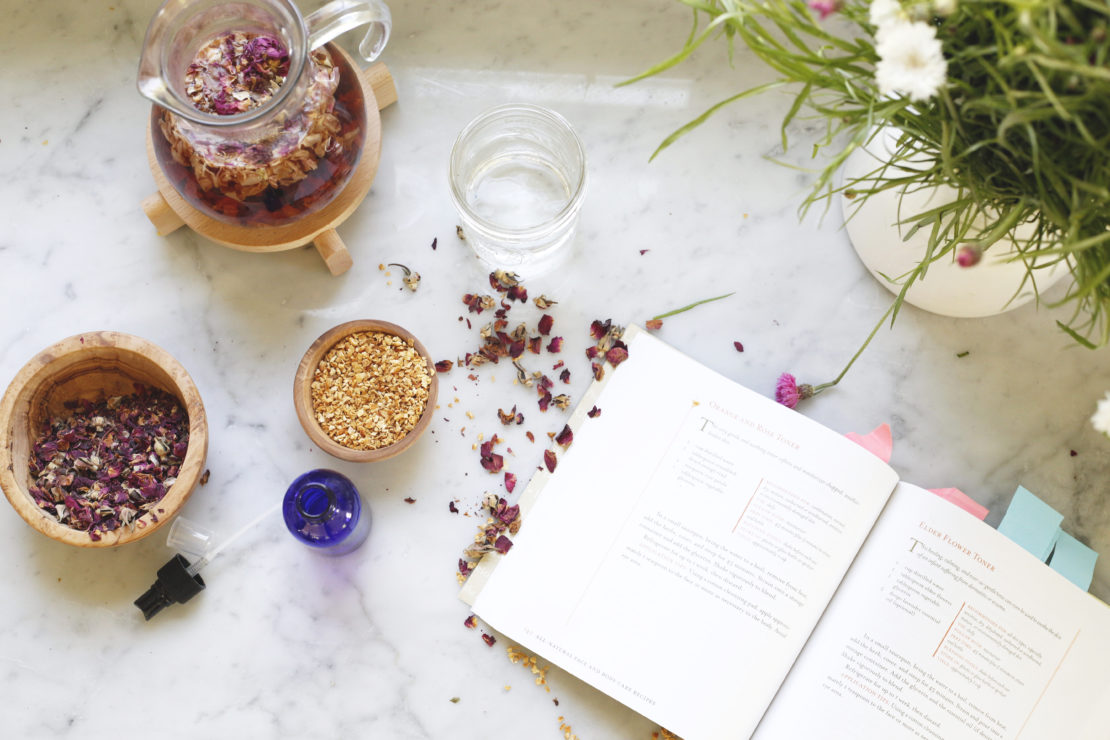
In Closing
As you can see, there is a lot of overlap in herbal terminology. We hope this video has helped you to see where some of the overlap takes place and how to distinguish between these terms based on the context in which they are used.
As always, thank you for supporting the Herbal Academy! We would like to invite you to subscribe to our YouTube channel so you can stay up-to-date on all the upcoming videos in our Ask An Herbalist video series.
REFERENCES:
de la Forêt, R. (2017). Alchemy of herbs: Transform everyday ingredients into foods and remedies that heal. Carlsbad, CA: Lifestyles.
Hoffmann, D. (2003). Medical herbalism: The science and practice of herbal medicine. Rochester, VT: Healing Arts Press.
Rajak, H. (2018). Classification of herbs. Retrieved from https://hmhub.me/classification-of-herbs/







